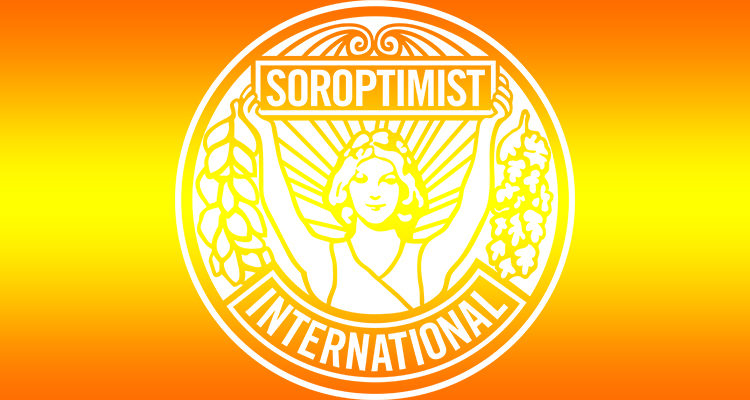A blog by Vanesa Treers, SI UN Representative, New York.
“The Human Rights Declaration set the tone where “we are all equal in dignity and rights”, additionally, it called upon the need to pay special attention to children – “children are entitled to special care”. Furthermore, The Convention on the Rights of the Child ratified the “special safeguards and care for the child, including appropriate legal protection, before as well as after birth“. However, it wasn’t until 1993 that the term “girl child” was introduced in the human rights arena in the UN Vienna Declaration and furthermore in 1995 in the Beijing Platform for Action.

Girls are disproportionally affected when human rights are denied, very few international legally binding treaties mention the specific needs of girls. The two most important treaties in regard girls’ rights are the Convention on the Elimination of All Forms of Discrimination against Women (CEDAW) and the Convention on the Rights of the Child (CRC), making girls invisible and falling between the agenda of women’s rights and children’s rights. And yet girls continue to be the largest excluded group in the world. To what extent the human rights treaties responds to the girl child and adolescent girls? In which way the policies and mechanisms respond to their physical, mentally and biological specifics needs? How can policymakers and advocates strengthen the focus on the rights of girls?
To address these questions the Working Group on Girls (WGG) hosted a panel discussion in New York to overview international global policies that integrate girls’ perspective in the work of the Human Rights Arena. UN High Commissioner for Human Rights (OHCHR) Mr. Christian Courtis and the UN Victims’ Rights Advocate Ms. Jane Connors were invited as part of the panelist as well as Vanesa Treers UN Representative from Soroptimist International as a panel moderator. Although the Convention on the Elimination of all forms of Discrimination against Women (CEDAW) safeguards the rights of all women, it explicitly refers to girls only once in Article 10 on the right to education. Mr. Courtis added that advocates and policymakers need to pair CEDAW and the Convention on the Rights of Child to create a framework specific for girls. For Ms. Connors girl’s rights are more and more becoming a focus and she pointed out the importance of the Beijing Platform for Action and the progress of the UN 2030 Agenda drawing a path for Gender Equality.
![]() The UN Sustainable Development Goal 5 has set up more progressive language and attention to girls in its title “Achieve gender equality and empower all women and girls”. The 2030 Agenda in its preamble called for “A world in which every woman and girl enjoys full gender equality and all legal, social and economic barriers to their empowerment have been removed” and that “all forms of discrimination and violence against women and girls will be eliminated”. Although the 2030 Agenda and its Goal 5 for Gender Equality are not yet legally binding treaties, they set up an aspirational framework that requires political and financial will at the local and national levels to be implemented and to ensure that national agendas are sensitive to girls’ needs and to enforce the protection of girls against child marriage, trafficking, female genital mutilation and gender discrimination.
The UN Sustainable Development Goal 5 has set up more progressive language and attention to girls in its title “Achieve gender equality and empower all women and girls”. The 2030 Agenda in its preamble called for “A world in which every woman and girl enjoys full gender equality and all legal, social and economic barriers to their empowerment have been removed” and that “all forms of discrimination and violence against women and girls will be eliminated”. Although the 2030 Agenda and its Goal 5 for Gender Equality are not yet legally binding treaties, they set up an aspirational framework that requires political and financial will at the local and national levels to be implemented and to ensure that national agendas are sensitive to girls’ needs and to enforce the protection of girls against child marriage, trafficking, female genital mutilation and gender discrimination.
Although international law has been shaped by gender-neutral and age-neutral approaches, shifting attention away from girls. The Agenda 2030 offered a more systematic integration of gender analysis, with specific references to girls among some of the goals. Advocates for girls’ rights should ensure better articulation of girls’ needs in policymaking and, enable girls’ meaningful participation to be aware of the challenges they face. Language is important and so is the design of policies that are inclusive to all”.

